Best Aquarium Plants For Your Breeding Tank
If you want to optimize your breeding tank with live plants, here we will discuss the best options to suit your fish’s needs.
Setting up and maintaining a home aquarium brings the beauty of underwater life into your living space. Whether you’re a beginner or experienced hobbyist, understanding the basics of aquarium care helps create a healthy environment for your aquatic pets.
The foundation of any successful aquarium starts with choosing the right tank size and equipment. Smaller tanks require more frequent maintenance because water quality can change quickly in limited volumes. Most experts recommend starting with at least a 20 gallon tank, which provides more stable water parameters and room for fish to swim comfortably.
Water quality is the most important factor in keeping fish healthy. This includes monitoring pH levels, ammonia, nitrite, and nitrate concentrations. The nitrogen cycle is a natural process that converts harmful fish waste into less toxic compounds through beneficial bacteria. Establishing this cycle before adding fish, known as cycling your tank, typically takes three to six weeks.
Filtration systems remove debris and help maintain water clarity while supporting beneficial bacteria growth. Different filter types include hang on back filters, canister filters, and sponge filters. Each type offers unique advantages depending on your tank size and fish species. Regular water changes of 25 to 30 percent weekly help remove accumulated toxins and replenish essential minerals.
Lighting plays a crucial role in plant growth and fish behavior. Most tropical fish thrive with 8 to 10 hours of light daily, while planted tanks may need stronger lights and longer photoperiods. Temperature control through aquarium heaters keeps tropical species comfortable, with most requiring water between 75 and 80 degrees Fahrenheit.
Substrate choice affects both appearance and biological filtration. Gravel, sand, and specialized planted tank substrates each serve different purposes. Live plants not only enhance visual appeal but also absorb nitrates, produce oxygen, and provide hiding spots for shy fish species.
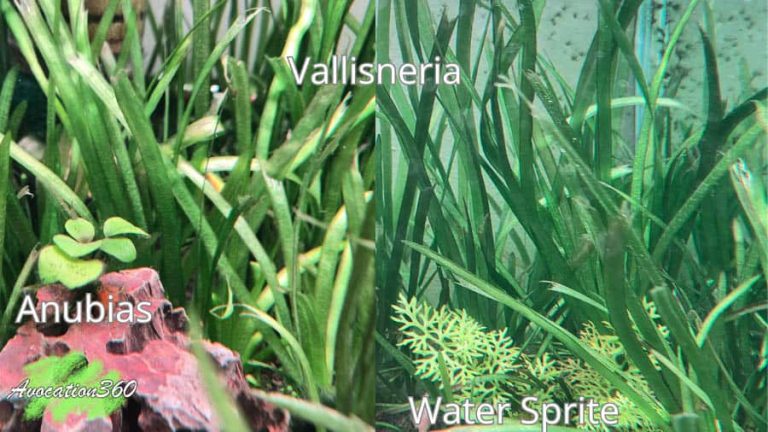
If you want to optimize your breeding tank with live plants, here we will discuss the best options to suit your fish’s needs.

Here we explore the best house plants to use in your fish tank to create the most beautiful natural aesthetic for your home aquarium
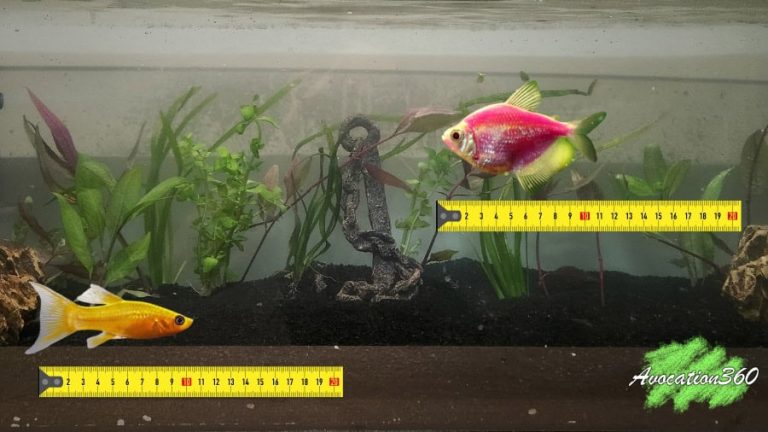
Here we will discuss the factors to consider when stocking your fish tank so you can easily calculate how many fish you can have in your tank.

Here are step-by-step instructions on how to culture green water without a starter at home, plus tips and tricks for success, making it easy to make at home.

Here I will explain step by step how you can culture your own beneficial bacteria for your aquarium fish tanks, keeping your fish happy and healthy.
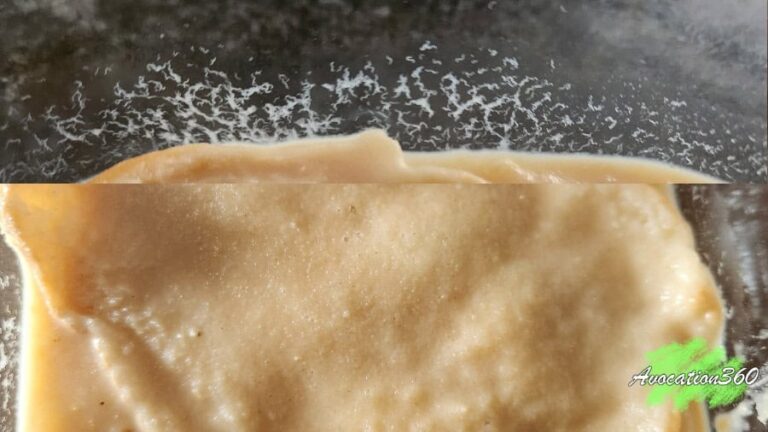
Here we will go through everything you need to know to have an endless supply of live fish food for fry called Banana Worms
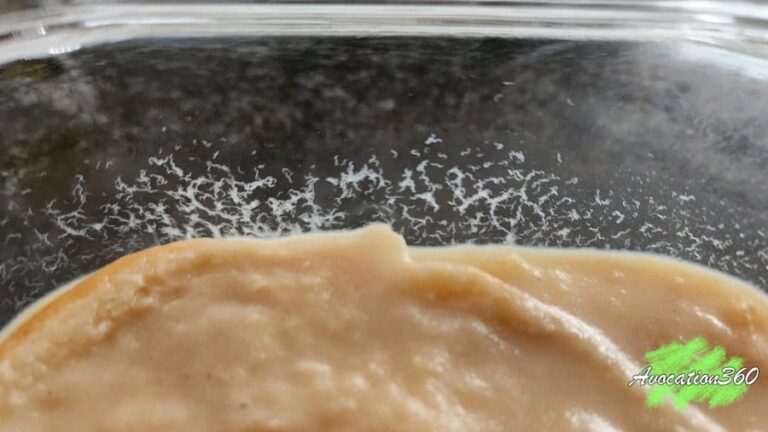
Here we will go through everything you need to know to have an endless supply of live fish food for your fry called Microworms

Here we will go through how you can start the setup and raise your own white worm farm in a DIY way at home

Here we will go through how you can start and maintain your own Tubifex worm farm in a DIY way at home

Here we will discuss what beginner-friendly plants are best in your Betta fish tank to ensure your Betta fish stays happy and healthy.
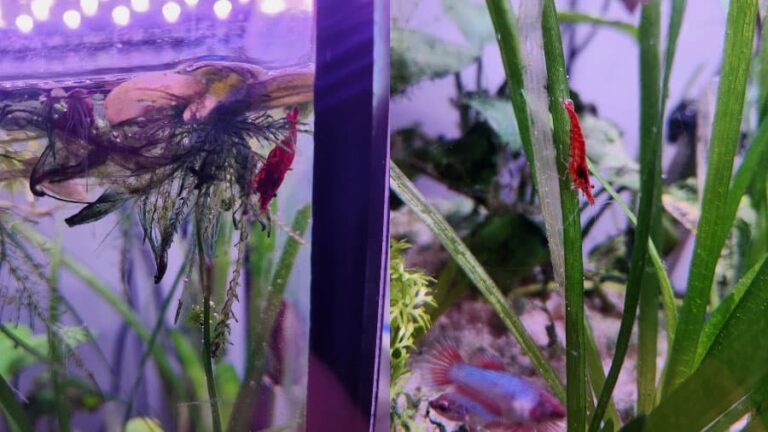
If you have, want to start or add a few shrimp to your current tank, here I will discuss the basic and necessities for keeping shrimp happy and healthy

If you aren’t sure what the purpose is of a sponge filter or just want to find out if it is worth it to purchase, here we will investigate it all.

Are you looking at getting some beginner friendly snails for your aquarium. Here we will look at the pros and cons of each beginner friendly snail.
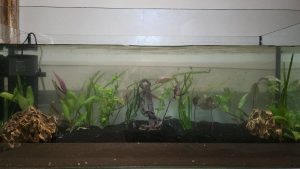
Here’s everything you need to know to set up your new fish tank at home and get it ready for your fish. Covering the basics and the “what to do”
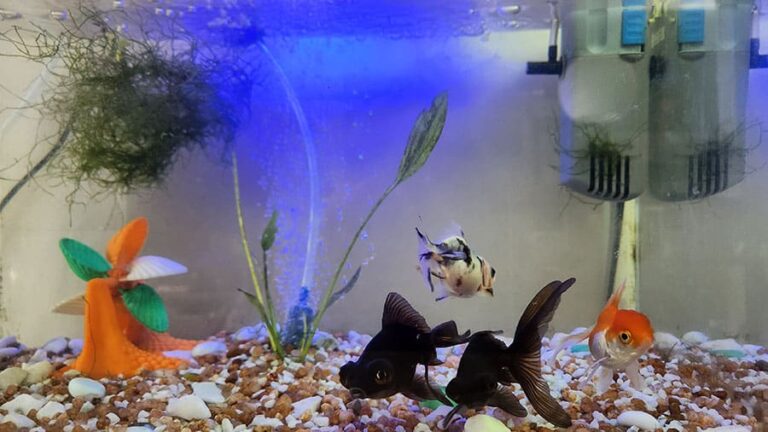
What substrate would work best for your goldfish tank? Here, we will discuss the pros and cons of each option so you can make a better choice.
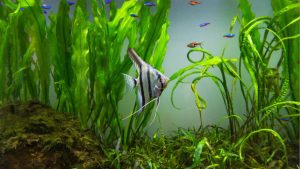
Here, we discuss the steps and considerations you have to take while planning the set up of your aquascaping fish tank.
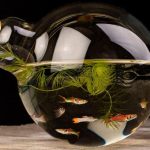
Here we discuss each aquacsaping style and provide you with resources your need to successfully get started on your aquascaping fish tank journey.
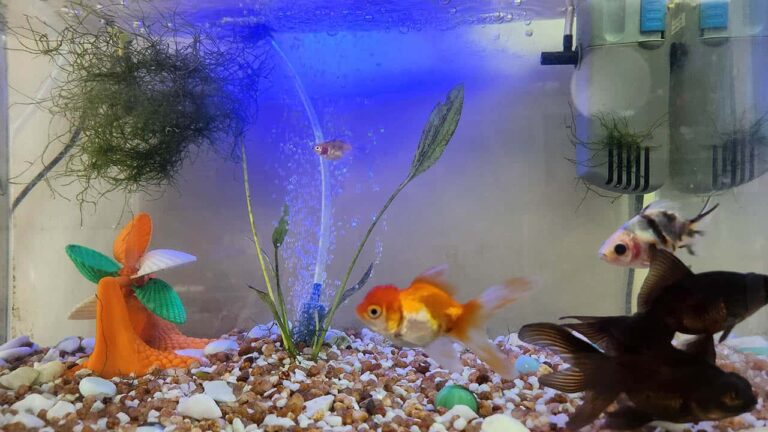
If you are stuck trying to figure out the type of decorations you can add to your aquarium, look no further! We offer you the best practical guidance.